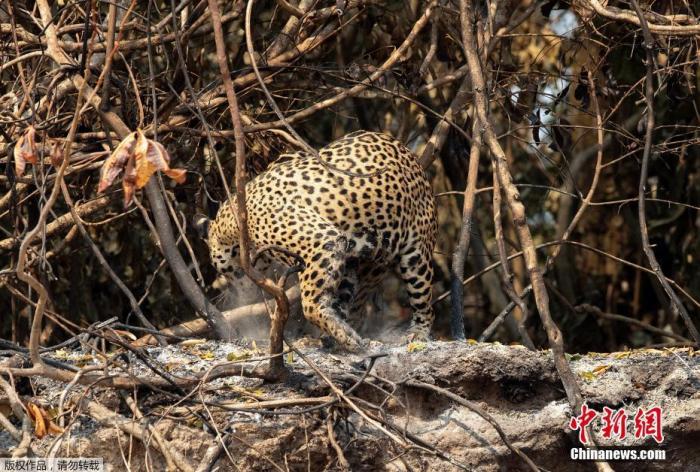China News Service, September 21. According to the South American Overseas Chinese News Network, a recent study by Brazilian scientists shows that in the past 500 years, about 60% of the mammals that originally lived in Latin America have disappeared.
With the disappearance of these animals, what is more worrying is the "miniaturization" of animals, that is, the remaining local species are smaller in size.
On September 13, local time, a jaguar was patrolling back and forth on the scorched land of Brazil's Pantanal.
According to the report, this process is called "fauna demise", not only in areas where forests have been deforested or burned down, but also in areas where forests are well preserved but poachers are frequent.
These two threats have caused the disappearance of mammals in the two major biological communities in Brazil, Catinga and Atlantic Forest, accounting for 75% and 62% of the total population respectively.
According to reports, the findings of the investigation have been published in the British journal "Science Reports".
The subjects of this survey only included large and medium-sized mammals that were most severely affected by their extinction.
Scientists have calculated that the demise of these animals has caused the average weight of Latin American mammals to drop from 15 kg to 4 kg.
The above situation not only affects the survival ability of the species that are dying, but also destroys the entire environment.
It is said that large mammals are usually a basic part of the ecosystem in which they are located.
For example, large mammals excrete seeds after eating fruits, which can "sow" new plants; carnivores help control the population of smaller species; large animals can also make clearings in the forest.

